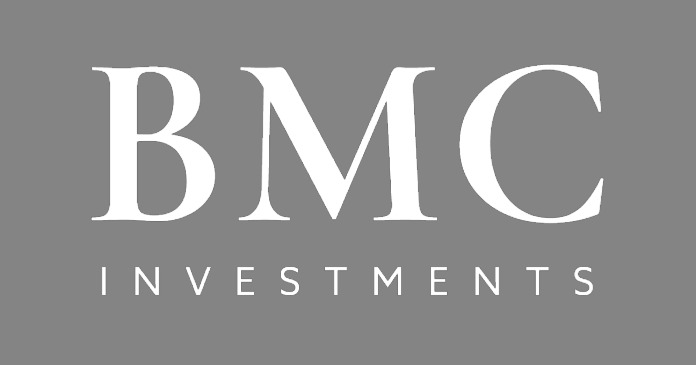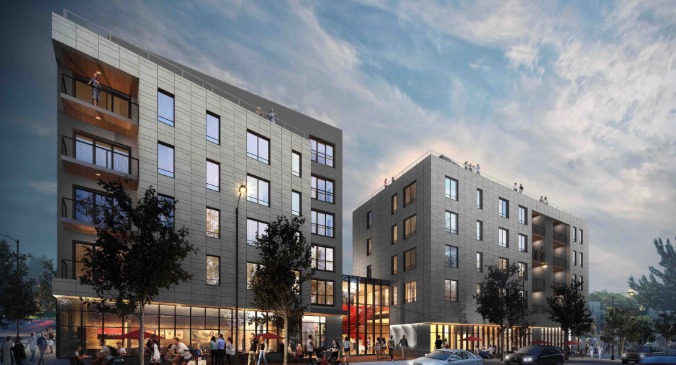Such value-added plays spell success for KWMF, even in these turbulent times. A case in point is Summer House, a rental community in Alameda, CA. The following explores the process by which KWMF turned lemons into lemonade. It also illustrates how the ability to see a project’s potential, as well as the tenacity to work through challenges can pay off.
The project, previously known as Harbor Island, is a 615-unit apartment community in Alameda, CA, an island community immediately adjacent to Oakland. It was originally built in 1965 as low-cost housing for nearby Alameda Point Naval Air Station. Situated on 20 acres, Summer House is one of the largest multifamily properties in the East Bay area of Northern California.
The property had a checkered past. It gained a reputation as a haven for drug activities and other assorted crimes. It was so bad that in 2003, HUD removed all tenants using Section 8 vouchers shortly before the buildings were boarded up by the project’s previous ownership.
Seeing the upside
KWMF decided to evaluate Summer House after it was approached as part of a shortlist of companies selected in a highly discrete marketing effort. With many years of experience in seeing value in what others perceive as “troubled” assets, KWMF immediately saw the potential to redevelop Summer House into a major market rate project.
“Although the doors and windows were boarded up and feral animals roamed the grounds, we saw that most of the deterioration at Summer House was cosmetic,” said Bob Hart, president and CEO of KWMF. “The property was also in the path of a vibrant redevelopment program taking place in Alameda, with single family homes starting at $850,000 being built across the street.”
Hart added that Summer House is located within a short drive of Jack London Square, an area of neighboring Oakland experiencing its own renaissance. Adding to its appeal, few alternative rental options existed for young professionals and growing families who could not yet afford the median priced home in Alameda, or those who remained renters by choice. “We believed that through implementation of a carefully orchestrated re-positioning strategy we could attract a tenant base willing and able to pay rents considerably above those previously charged at Summer House, but below those being paid by tenants in nearby Jack London Square,” Hart said. Having made its careful calculations, KWMF purchased the property in September 2005 for approximately $88 million.
Extreme makeover
KWMF then began the challenging assignment of redeveloping and re-positioning the former project. The first step was to find a new name. Summer House was chosen to reflect the fact that historically San Franciscans had owned summer houses on Alameda Island. The renovations were originally budgeted at $20 million, but grew to $30 million over two and a half years.
With the vision of transforming Summer House into Alameda’s most coveted address, KWMF spent the next 30 months upgrading apartment interiors including kitchens and bathrooms and adding high-speed Internet access and cable television in each unit.
KWMF also completely refurbished the property’s large hourglass-shaped pool. It also added: a sun terrace and fitness center; lush landscaping; a children’s playground; a media and business center; and laundry facilities. An onsite activities coordinator was also appointed.
Finally, the exteriors of Summer House’s 16 buildings were completely redesigned to give the project a “Cape Cod” look and feel.
Challenge
KWMF faced several challenges in turning its vision for Summer House into reality. Firstly, it had to overcome skepticism that it could transform a civic eyesore into a successful market rate apartment community. Secondly, the property’s previous owner had received entitlements for a plan which KWMF believed to be too expansive.
KWMF’s concept, while more modest, required it to work closely with the City of Alameda and its staff to negotiate compromises to the original plan. John Donaldson, KWMF’s on-site construction manager, was charged with the responsibility of working with the city’s staff and value engineering the project without compromising the quality of the final product.
KWMF generated cash flow and met product demand by having construction and leasing progress simultaneously on a carefully phased basis. KWMF renovated Summer House in four stages, so as soon as construction ended on one phase, tenants were able to move in to their previously leased apartments and construction began on the next phase.
Financing the deal
The company designed a complex tiered equity structure between four investors, one of which provided preferred equity. Bank of America provided the bridge financing to allow for the initial retrofitting and redevelopment of the project.
With construction and leasing moving forward, KWMF restructured the equity in Summer House early in 2006. It retained the services of George Smith Partners to undertake a search for new equity partners, which brought RREEF to the table. It also provided increased funding for the rehabilitation program and Summer House’s reserve fund.
KWMF had intended to maintain its Summer House investment for five years. However, the RREEF relationship allowed the company to monetize its position early. In December 2007, KWMF consummated a final recapitalization whereby RREEF became the sole owner of the project and retained KWMF to complete the construction and provide ongoing asset management services.
Author: Jill Hoffman
















